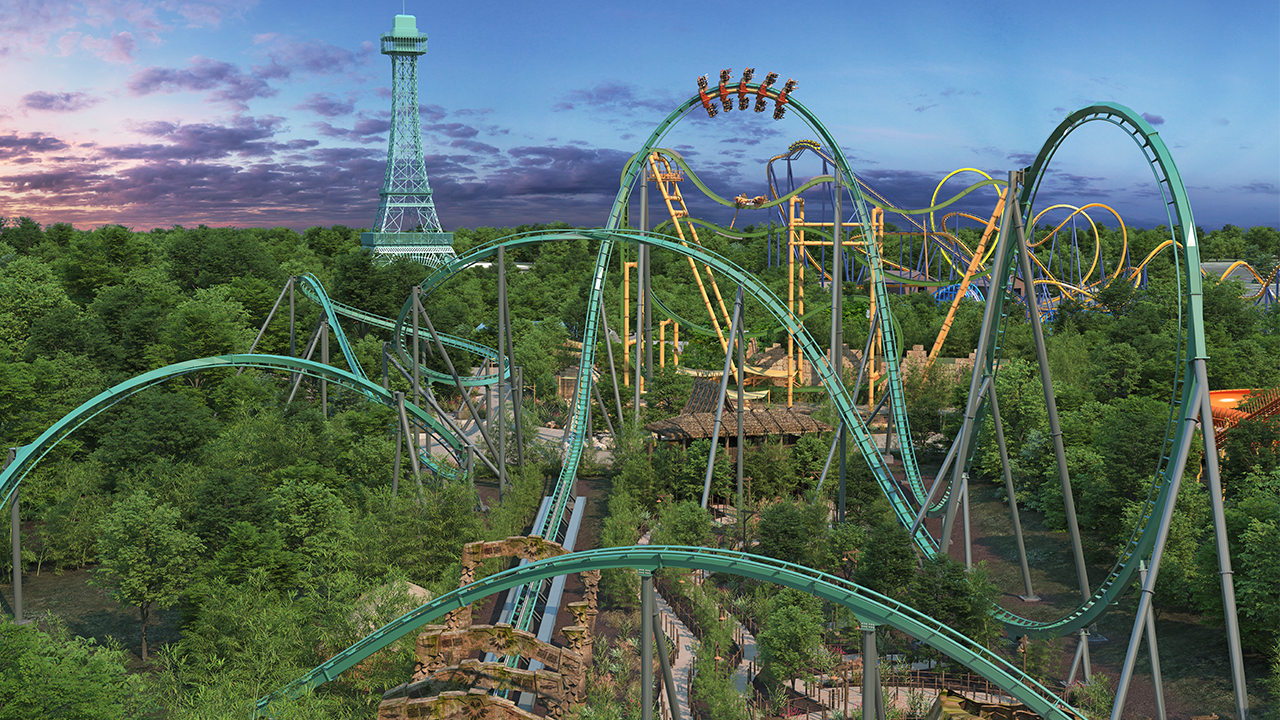For years I had been hearing about the island of Pantelleria, the craggy, hard-to-get-to Eden with middle-of-nowhere tranquillity that sits 89 miles southwest of the island of Sicily and about 50 miles east of Tunisia. Luca Guadagnino’s 2015 film “A Bigger Splash” painted a seductive idyll of mud baths, romantic ruins and secluded swimming coves. Celebrities like Madonna, Sting and Julia Roberts visited, drawn to the striking, Africa-meets-Italy ambience, along with Giorgio Armani, a part-time resident since 1980. The fact that nobody was impressed by them added to the allure.
“We always tell newbies that you will either love it or hate it,” said the fashion stylist Sciascia Gambaccini, who has owned a vacation home on the island for 33 years. “This is not Capri. We don’t have Chanel. There aren’t fancy resort hotels. There is constant wind. The beauty is in the slow pace and the wild landscape.”
The absence of white-sand beaches is worn like a badge of honor. Locals schlep their own gear to the jagged lava rock perches that line the coast and cannonball into the turquoise sea. The old-fashioned pasticceria and dingy olive stalls in the town of Scauri, bestow it with “Godfather”-like charm.
And the wind, well, it’s part of the package. As locals will tell you, nature is in charge here, and when a sirocco hits, you have to go with the flow.
A fragrant, otherworldly landscape
Thousands of years ago, farmers on rocky, wind-whipped, fresh-water-free Pantelleria figured out how to cultivate crops.
They built terraced walls from porous lava rock that blocked the wind and irrigated the fruits and vegetables with dew. These steep terraces undulate throughout the island, lending a primordial texture to the bluffs of lava rock. Ubiquitous lava stone dwellings called dammusi also lend to the otherworldly landscape.
Pantelleria’s topography completely shifts as you move from one part of the 32-square-mile island to another. As I zipped along the narrow main road and unpaved side routes, the scenery moved from lush caldera-formed valleys to barren plateaus tufted in Mediterranean scrub to hilltop villages festooned in pink bougainvillea, and up to woodsy mountains. Flowering cactuses and caper bushes with purple stamens grow with abandon, as do herbs. When the wind blows, it smells of wild oregano.
Reminders of Pantelleria’s ancient roots are everywhere.
In Mursia, the bar Sesiventi overlooks Bronze Age burial monuments. In Nikà, I thought of the Romans as I plopped into the burbling thermal baths that they carved into the stone. Pantelleria Town is dominated by a castle begun in the Byzantine era, Norman additions and a bell tower built later by the Spanish.
That Pantescan vibe
The island is not easy to reach. The Danish airline DAT, the Spanish carrier Volotea and the Italian ITA Airways fly there from within Italy, but only on certain days. After the high season, which runs from the end of May through the end of September, it becomes more challenging with one-off flights or an overnight ferry option from Trapani on the main island of Sicily. (Pantelleria is part of the province of Sicily.)
I flew from Palermo last June, and after the jolt of landing on a volcanic speck in the sea, I felt the siren song of slackerdom. It was hot. And the wind/cicadas combo was like an island lullaby. My late-afternoon arrival coincided with aperitivo hour, which has its own format in Pantelleria. People climb to the roofs and sit on pillows to watch the sun slip into the sea. I experienced this tranquil rooftop scene, or anti-scene, at different restaurants, hotels and homes throughout my week on the island.
Of note, there was no blaring music. Nature was the main event, and it was treated with reverence. Tesla? Mercedes? Land Rover? Not a chance. Everyone drives beat-up cars, the Fiat Panda being the most popular. When a friend picked me up in this toylike contraption, I learned why. Their tiny size and light weight make it simple to wedge into tight parking spots and navigate oncoming traffic on single-lane roads, a maneuver that often involves pulling over into bushes or onto a narrow precipice.
While there may not be beach days, there are certainly swim days that unfold upon lava outcroppings. Balata dei Turchi was my favorite, partly because it was such an adventure to get to this bay beneath approximately 800-foot lava cliffs. It involved negotiating steep, unpaved terrain in my friend’s decrepit Panda, bouncing over boulders as plumes of dust clouded the windshield. After parking, it was a 10-minute descent down the rocks on foot. We placed towels on the black rocks and plunged into the sea. A thick rope affixed to the rocks helped swimmers pull themselves back up.
Some days, the swim was spontaneous. After a wine-soused lunch at La Vela in the Scauri port, I ditched my clothes (I learned to tuck a swimsuit into my tote) and waded past sea urchins into the crystal clear sea. Around me, sunbathers were reading (real books) and children snorkeled and played (real) games. It felt like 1985.
A boat tour offers the best perspective of the island. But with the wind, one had been tricky to schedule. Finally, the gusts receded, and I set out with a lithe, Speedo-clad skipper to explore the lava-formed grottoes accessible only by sea. We motored into the Grotta delle Sirene and then Sataria, the sponge-encrusted grotto where legend has it that Odysseus was bewitched by the sea nymph Calypso. We got up close to Arco dell’Elefante, a lava arch that resembles an elephant drinking water. Then we anchored in front of the caves of Punta Spadillo for a panini lunch before diving into the green-blue, parrotfish-rich sea. We saw one only other boat, which departed as we arrived.
Vino e capperi
If people know Pantelleria, chances are they will mention its two most famous exports: passito, a sweet wine made with the zibibbo grape, and capers. It is no easy feat to produce wine on an arid, fresh-water-free island. Vines were trained to grow horizontally to avoid the wind. To self-irrigate, they were planted in hollows so dew could drip into the roots at night. This centuries-old practice is recognized by UNESCO as an “intangible cultural heritage.”
All of the island’s 22 winemakers produce their own version of amber-hued passito, and each winemaker speaks poetically of how harsh conditions yield this “vino de meditazione,” or meditation wine, to be sipped slowly after dinner. “When you drink it, you can feel the people and land behind the flavor,” said Antonio Rallo, the fifth-generation co-owner of Donnafugata vineyards and president of the Sicilia DOC wine consortium. “It could never be made anywhere else besides this island.”
Sun, wind and mineral-rich volcanic soil are also the secret to Pantelleria’s capers, whose exceptional sweetness makes them prized throughout the gastronomic world. As most vineyards grow grapes and capers, wine tastings include foods that showcase both flavors.
Emanuela Bonomo, a rare female winemaker here, explained how the wind created a concentrated flavor of lava minerality and salt in both her produce and small-batch wines. At the vineyard she served fried zucchini with mint and oregano; caponata; and cheese topped with dried zibibbo grapes alongside fig jam, and huge lemons, sliced and drizzled with oil. Everything was layered with aromatic capers. Ms. Bonomo also wanted to make sure that I understood that everything was “fatto a mano”: She and every other farmer still harvest by hand.
At Mr. Rallo’s vineyard, guests can walk past centuries-old olive trees and gardens and through a natural amphitheater of stone walls to examine the gnarled, low-to-the-ground vines and caper bushes. There are multiple tasting options, the most exciting being an under-the-stars dinner that pairs wines with classic Pantescan dishes.
Wellness, volcanic-style
On top of inspiring the rugged terrain, geothermal activity has fashioned the island into a spa playground with hot springs and natural saunas. Near Mr. Armani’s compound in the fishing village of Gadír is a small marina with tubs hewed into the stone. I followed the locals’ lead and submerged myself in a slightly slimy tub (the water is between 104 and 131 degrees Fahrenheit) for about six minutes, then cooled off in the adjacent harbor. Never mind the egg smell. The sulfur and mineral content is why the waters are effective at alleviating aches and pains.
On my boat day, I swam to the Sataria cave, which has three algae-laced hot spring holes with water temperatures progressing from tepid to medium hot. The island’s largest hot spring, Specchio di Venere (Mirror of Venus), is an aquamarine-colored lake that sits in a volcanic crater bordered by mountains and vineyards. On top of gurgling 104 degree water, the draw is a therapeutic (and stinky) mud that bathers slather all over their bodies. Does it work? Well, the heat rash on my arms and chest stopped itching, and my travel-tight back relaxed.
The springs were lovely, but I was most excited to detox in a natural stone sauna tucked into a mountain grotto. I trekked up the western slope of Montagna Grande for about 10 minutes and knew that I had arrived at Benikulá Cave, or Bagno Asciutto, when I saw puffs of steam filter out of a slit in the rocks, and then an older man emerge in a very slinky Speedo. Inside, nine people sat on piping hot stones and the ground (bring a towel!), shvitzing in vapors that can reach 104 degrees. Afterward, everyone relaxed on shaded benches with sweeping views of the Piana di Monastero valley.
Thanks to volcanic cliffs and verdant valleys, there is excellent hiking to counteract the effects of pasta and wine: 80 percent of the island is a national park, Parco Nazionale dell’Isola di Pantelleria, with 63 miles of paths across the Mediterranean scrubland, and up to the forests on Monte Gibele and Montagna Grande.
At every turn, I kept expecting the tourist scrum I had seen in Rome earlier in the month. But it never happened. Not at Dispensa Pantesca, an aperitivo hot spot; not at La Nicchia or Il Principe e il Pirata, the “it” restaurants; and not at Allevolte, a fashion boutique stocked with the kinds of silk caftans and crisply tailored linen trousers that travelers dream about nabbing on an Italian holiday.
If Sikelia, my chic, 20-room hotel, had been in Amalfi, dressed-to-the-nines guests would have been jockeying for selfies amid the fireball sunsets. Not here. “This island is bewitching. But it’s not for everyone,” said the hotel’s owner, Giulia Pazienza Gelmetti. “Getting here is challenging. Getting to the sea is challenging. It attracts a specific type of person. For those who get it, the payoff is huge.”
Follow New York Times Travel on Instagram and sign up for our weekly Travel Dispatch newsletter to get expert tips on traveling smarter and inspiration for your next vacation. Dreaming up a future getaway or just armchair traveling? Check out our 52 Places to Go in 2024.






